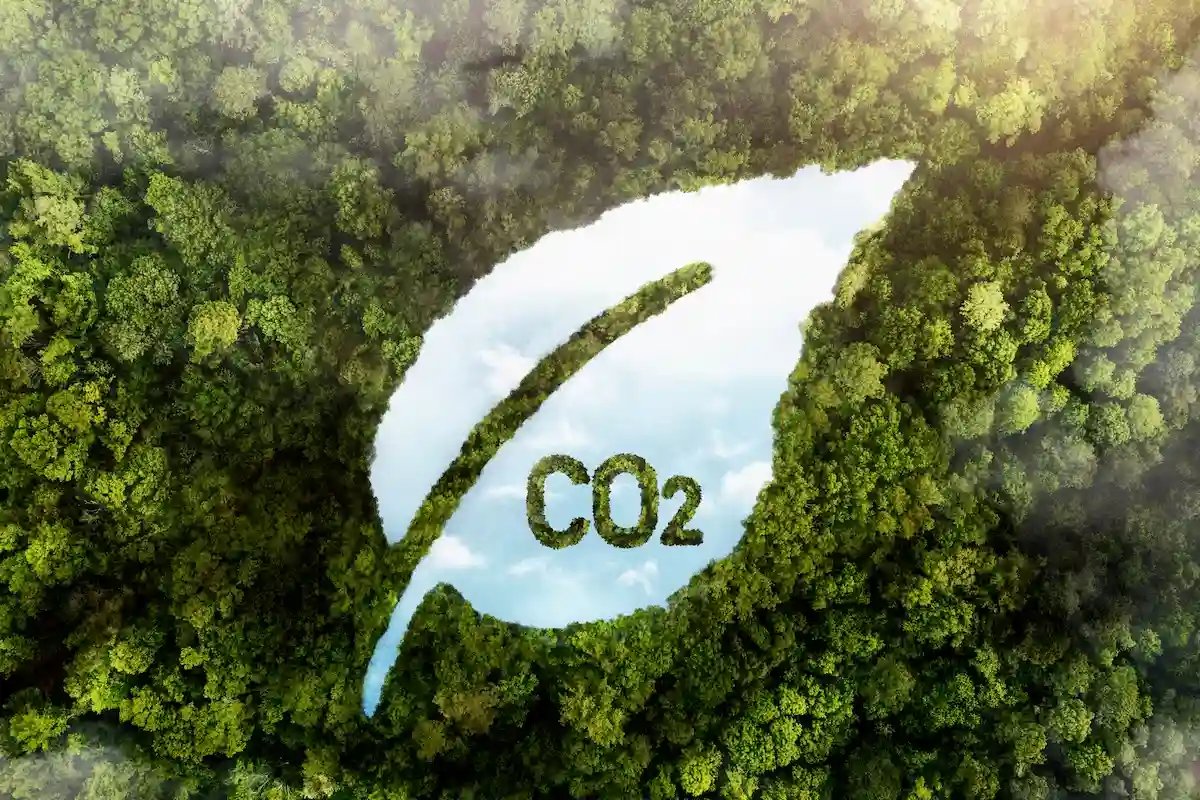-
-
-
120 Chalk Street Lutwyche QLD 4030
Soil Carbon Sequestration: Can Healthy Soil Save Us from Climate Change?

21
Jul
Soil Carbon Sequestration: Can Healthy Soil Save Us from Climate Change?
As the globe seeks effective measures to tackle climate change, one unlikely hero is garnering attention beneath our feet: soil. Healthy soil, while sometimes underestimated, plays an important role in regulating the global climate. Soil carbon sequestration involves drawing CO₂ from the atmosphere and storing it safely underground. This natural process is at the heart of regenerative agriculture which is altering farming techniques in Australia and around the world. But how much hope does soil provide in the fight against climate change?
- What Is Soil Carbon Sequestration?
Soil carbon sequestration is the process of absorbing and storing atmospheric carbon in soil via organic matter. Plants absorb CO₂ during photosynthesis and transmit some to the soil via their roots. Organic materials like roots, leaves, and animal dung decompose, and provide carbon to the soil, helping to increase soil organic carbon (SOC).
When properly maintained, this carbon can stay in the soil for years, if not millennia. Traditional farming practices, such as heavy tilling, monoculture and chemical abuse, generally harm soil and emit stored carbon into the atmosphere.
- The Benefits of Regenerative Agriculture
Regenerative agriculture is a comprehensive method that aims to increase soil health while also increasing biodiversity, water conservation, and crop resilience. Unlike traditional farming, this technique seeks to restore ecosystem balance through practices such as cover cropping, no till or low till farming, rotational grazing, composting, and integrating livestock and agricultural systems.
These techniques not only boost productivity but also improve the soil’s ability to retain carbon, transforming agriculture into a carbon sink rather than a source.
- Australia’s Soil: A Carbon Storehouse?
Australia’s wide landscapes and farming heritage, put it in a unique position to gain from soil carbon sequestration. The CSIRO estimates that Australian agricultural soils have the potential to sequester 35 to 90 million tonnes of CO₂ annually, depending on the methods used and available acreage.
The Australian government’s Emissions Reduction Fund (ERF) offers financial incentives to landowners who enhance soil carbon levels. Farmers who embrace regenerative agriculture can earn carbon credits, which not only benefit the environment but also increase their profitability.
- Benefits Beyond Soil Carbon Storage
While carbon sequestration is the main act, healthy soil delivers a range of additional benefits:
- Increased Water Retention: Organic matter rich soils retain more water, lowering the requirement for irrigation and improving crop survival during droughts.
- Enhanced Biodiversity: A varied range of soil bacteria and insects aid in pest control, and nutrient cycling.
- Improved Crop Yields: Healthy soil produces stronger plants and more robust food systems.
- Reduced Erosion and Runoff: Regenerative methods prevent topsoil loss and nutrient leaking into streams by covering and nourishing the soil.
These results not only serve to combat climate change, but also promote long term food security in a warming environment.
- Challenges and Criticisms of Soil Carbon Sequestration
Despite its potential, soil carbon sequestration is not without difficulties. Measuring and validating increases in soil carbon is technically difficult and often expensive. Carbon levels can vary according on weather patterns, management approaches and soil type, making long term gains difficult to predict.
There are also concerns about soil being overhyped as a cure all. While soil carbon sequestration can play an important role, scientists agree that it must be part of a larger strategy that includes lowering fossil fuel emissions, conserving forests, and switching to renewable energy.
- What Farmers and Landowners Can Do for the Climate?
Farmers and land managers are at the forefront of the climate crisis and they have the power to make a change. The transition to regenerative techniques may require some initial effort, but the long term benefits to farm health and profitability are enormous. Getting involved in programs like the ERF, seeking advice from local Landcare groups, or trialling small scale changes like cover cropping can be powerful first steps.
Support from government, researchers, and the public will be key to helping farmers shift towards regenerative models that prioritise soil health and carbon drawdown.
Wrapping Up
Soil may not be the most spectacular climate solution but its impact is quietly revolutionary. We can remove carbon from the atmosphere, strengthen our ecosystems, and increase the resilience of our food systems by cultivating the ground underneath us. Healthy soil, backed by regenerative agriculture, is a practical and effective strategy to combat climate change—one paddock at a time. While it is not the only solution, it is an important piece of the puzzle in our quest to restore balance to the earth.




